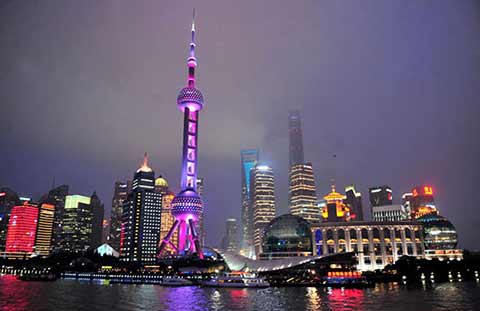Going retro: Maker of Polaroid films launches analog camera
By Fan Feifei (chinadaily.com.cn) Updated: 2016-05-30 17:44The prospect for instant photography is still promising even though digital photography has become a trend, said Oskar Smolokowski, CEO of The Impossible Project, a Europe-based company that saved the last Polaroid factory making analog instant film.
"If you look at the sales of digital cameras, they are going down in recent years, but instant films are going up," said Smolokowski.
Recently, the company launched the I-1, the first camera designed, engineered and produced by the team at Impossible, celebrating the brand's mission of redesigning instant photography for a digital generation.
The most exciting feature is the users' ability to connect remotely through an iOS app. By connecting through a smartphone, which links directly to the I-1, users can experiment freely with creative tools such as double exposure, remote triggering, and light coloring.
And once the perfect image is captured, users are then able to upload directly to social media.
Smolokowski said the market potential for instant photography in China is big and they are at the beginning of the road here.
"Instant photography is one of the only ways to preserve and share instant, physical memories. It's magic to see photos develop in the palm of your hand, and then be able to hand the photo over to the person next to you," said Smolokowski
In 2008, the Impossible Project rescued and refurbished the last Polaroid factory in Enschede, Holland. It is the only company making fresh instant films in the original format for millions of perfectly functioning Polaroid cameras still around today.
Smolokowski also introduced the Instant Lab, a device that lets you turn digital images from your smartphone into analog instant photos.
"We wanted to use the power of the smartphone to make it even more capable, and allow users to take their photography to the next level."
- China banking sector onshore assets up 15.9%
- Chinese yuan weakens to 5-year low
- AIIB's top team ready, mulls investment strategies
- Wanda opens theme park to rival Disney
- Energy cooperation 'backbone' of Russia-China economic ties
- SW China city uses big data for smart policing
- UAE's Abu Dhabi Ports seek lures Chinese businessmen
- China's bad loans rise, risk under control: Regulator
















